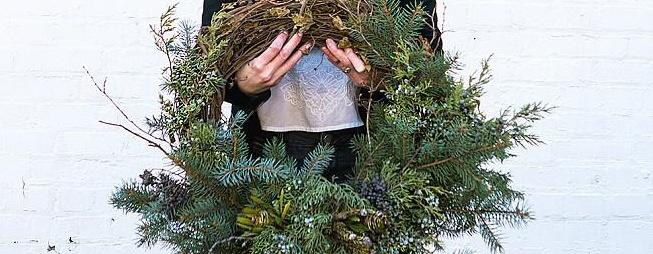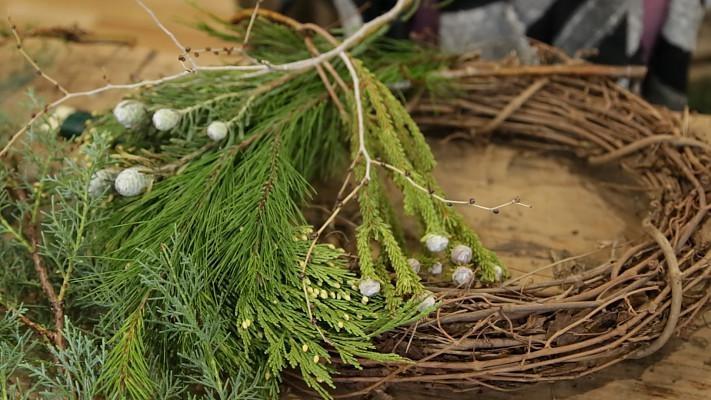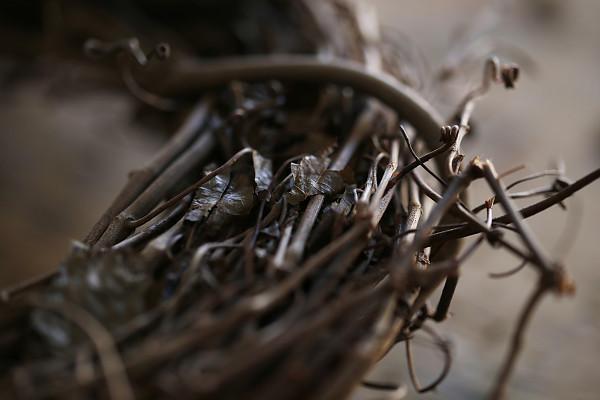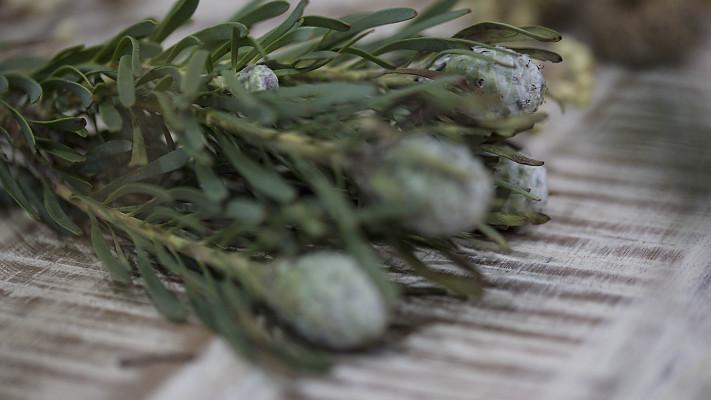How To Make A Foraged Wreath
Utah’s wooded landscape is the perfect environment to forage for rustic, botanical-style holiday materials. But did you know, you don’t have to travel far to find natural materials for your holiday wreath? That’s right, no hiking gear required. Many materials can be foraged in your backyard, neighborhood park, or even on the side of the road!
With just a few materials and easy steps, you can make your own holiday wreaths.








